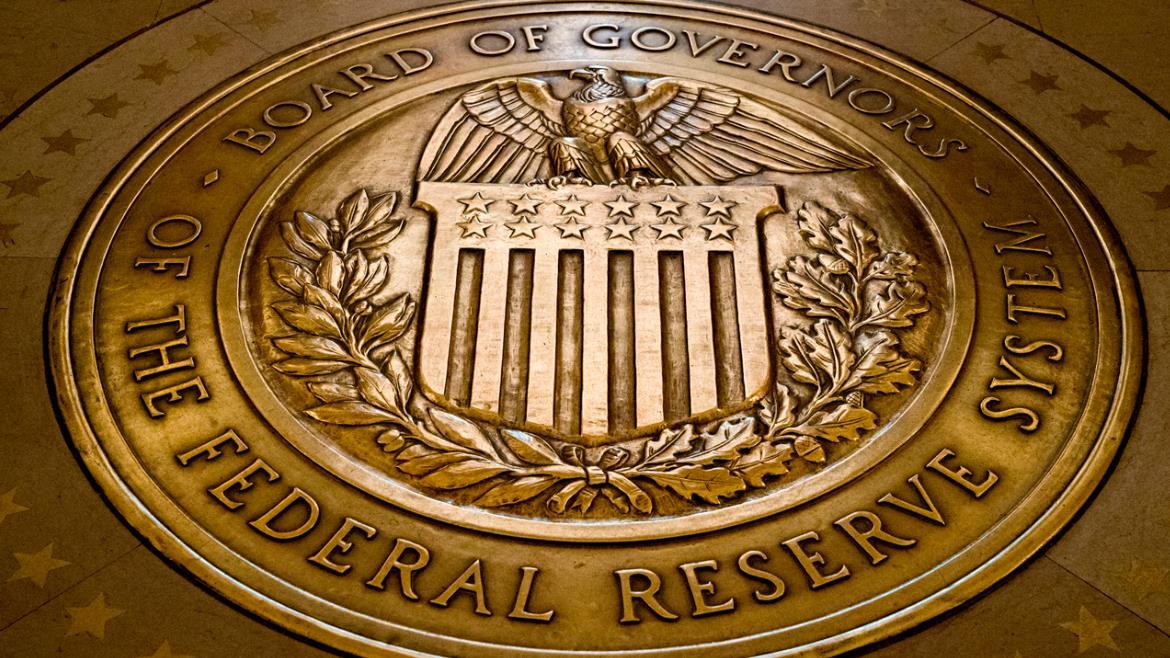Mortgage costs are falling, but not as fast as interest rates
The average 30-year fixed rate for a mortgage fell to one of the lowest rates of the year earlier this week, and that has led to a surge in mortgage applications.
The 30-year mortgage dropped to 3.57%, according to mortgage giant Freddie Mac. And applications rose 5.2% in the past week, according to the most recent data from the Mortgage Bankers Association’s Weekly Mortgage Application Survey.
“As seen a few times this year, the large drop in rates caused another surge in refinance applications. The refinance index increased 10 percent to its highest level since late August, with both conventional and government refinances experiencing an upswing,” Joel Kan, associate vice president of economic and industry forecasting at the Mortgage Bankers Association, said in a statement.
Low interest rates generally help to boost the housing market, but the cost of taking out a mortgage has been slow to follow falling Treasury rates.
Although mortgage rates generally coincide with the 10-year Treasury note, which has decreased by close to 10 basis points over the last month and more than 100 basis points since the start of the year, the gap between the two rates is near its highest in more than seven years, according to The Wall Street Journal, citing Dow Jones Market Data.
This week, the average 30-year fixed rate for a mortgage fell to 3.57 percent, according to mortgage giant Freddie Mac, one of the lowest rates this year.
But as reported by the Journal, the spread between the 10-year Treasury yield and 30-year mortgage rate has signaled that borrowers' interest in mortgages is outpacing the industry’s ability to make them. That means because lenders have to compete less for business, borrowers aren’t getting quite as low of a rate as they could.
